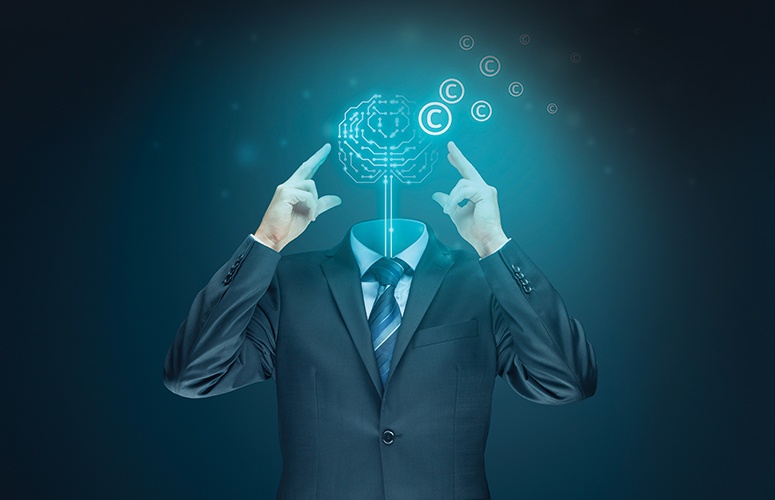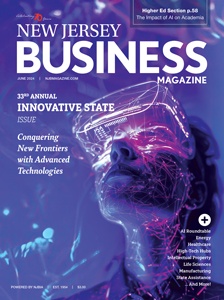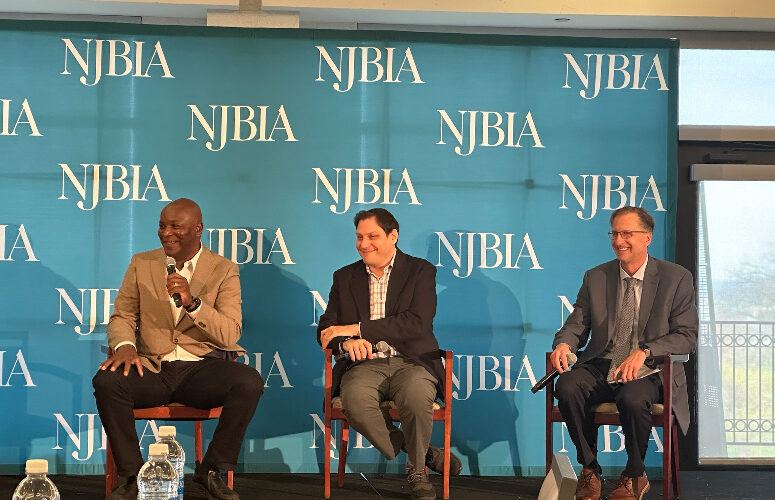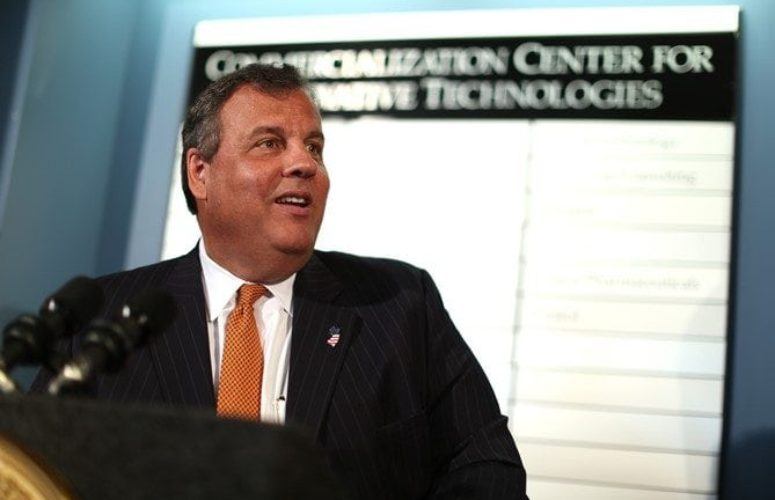
Challenges in IP Law
Staying on the cutting edge of changes, both technological and regulatory, is key when protecting IP.
By Jim Pytell, Managing Editor On Jun 11, 2024While the origins of intellectual property (IP) can be traced back as early as 500 BCE, the history of patents and patent law is generally considered to have started with the Venetian Statute of 1474. According to The Inventions Factory, patents were systematically granted in Venice as of 1450, where they issued a decree by which new and inventive devices had to be communicated to the Republic in order to obtain legal protection against potential infringers.
Throughout the ensuing centuries, various forms of legislation across the world contributed to shaping the core purpose of IP law that we see today: protections for owners of creations of the mind, such as inventions; literary and artistic works; designs; and symbols, names and images used in commerce.
According to the U.S. Patent and Trademark Office (USPTO), IP-intensive industries accounted for $7.8 trillion in US gross domestic product (GDP), or 41% of total GDP in 2019. Direct and indirect employment in these industries accounted for more than 60 million jobs, or 44% of total US employment.
US Secretary of Commerce Gina Raimondo has described IP protection as vital for American innovation and entrepreneurship, and this economic impact underscores that notion.
Fortunately for businesses, there are many ways to protect IP. Traditionally, IP law covers patents, copyrights, trademarks and trade secrets.
However, IP law is also implicated in a wide array of other “non-traditional” issues that cross practice groups, according to Abigail J. Remore, practice group leader of the CSG Law Trademarks and Copyrights Group.
“For example, we routinely work on matters such as rights of privacy and publicity (including NCAA Name Image and Likeness matters); artificial intelligence (AI); social media influencers and appropriate agreements for the same; employment matters (i.e. IP sections in independent contractor agreements and employee policies), advertising and consumer protection matters, domain name ownership and cybersquatting; and data privacy/cybersecurity,” she says.
Christopher H. Strate, director of intellectual property at Gibbons Law, says that attention to detail is key for businesses looking to protect their IP.
“The most important thing is to remember to be diligent: diligent in identifying IP as it is created, diligent in working with counsel to determine whether the IP can be protected and what is the best vehicle for protecting the IP, and diligent in having effective contracts in place (non-disclosure agreements, employment agreements, joint development agreements, etc.) to ensure that the business’s ownership interests are secure,” he says.
Challenges in Protecting IP
There are still a number of challenges when protecting IP in today’s world, including the costly and time-consuming process of securing a patent or trademark, the impact of technological evolution on IP, and staying abreast of regulatory changes from governing bodies, for example.
“These constant shifts in technologies and helping our clients stay on top of them, while also keeping them compliant with USPTO rules and regulations, can be quite a challenge,” Remore says. “For example, the USPTO just launched a new (and entirely different) search functionality for its trademark database, replacing technology that had been in place for decades. We needed to make sure that the clearance searches we perform for our clients are just as thorough and accurate under the new systems as they were before.”
Additionally, the process of obtaining international trademark rights has been more complicated over the last few years. Remore says that if a client wants to seek protection in a foreign country and have the priority date relate back to the filing of the US application – they have to file foreign applications within six months of the filing date of the US application.
“Before the pandemic, in the vast majority of cases, our clients’ US applications would have been examined long before that six-month deadline – so they would know if there were any refusals or issues with their US applications before they decided whether to incur the expense of filing foreign applications,” Remore says. “Now, the USPTO’s processing time for new applications has more than doubled – it now takes around 10 months to hear back on a US application, so our clients do not have the full picture when they have to make decisions about international applications.”
AI and IP
By nature, IP law is inextricably intertwined with shifts in technology, which makes the continued emergence and evolution of AI one of the most potentially disruptive forces in the field.
More specifically, one of the most intriguing aspects of AI in IP law is its role as a creator or inventor.
“AI is constantly front and center in connection with IP law – from whether or not AI can ‘invent’ something that could be the subject of a patent, or whether AI can be an ‘author’ under copyright law,” Remore says.
Keith Gilman, intellectual property counselor, managing partner, Lerner David, says that currently, the IP world is addressing these questions in the same way it has in most cases: the human is the inventor.
“Computers are still dependent on what a human puts into it. The extent to which the human is involved in that process (ex. entering a prompt on an AI platform) is how you look at who the inventor is,” says Gilman, who also adds that AI is not yet at the point where the information it produces doesn’t still need to be vetted or edited by a human.
“With new technologies there is always an uneasiness of how the law should apply, but the principles and the concepts underlying IP law have remained fairly steady over the years,” Gilman says. “In the future, perhaps the courts will decide that you can name a computer owned by a specific company as the inventor of IP, but as of now that has not evolved yet.”
To access more business news, visit NJB News Now.
Related Articles:





